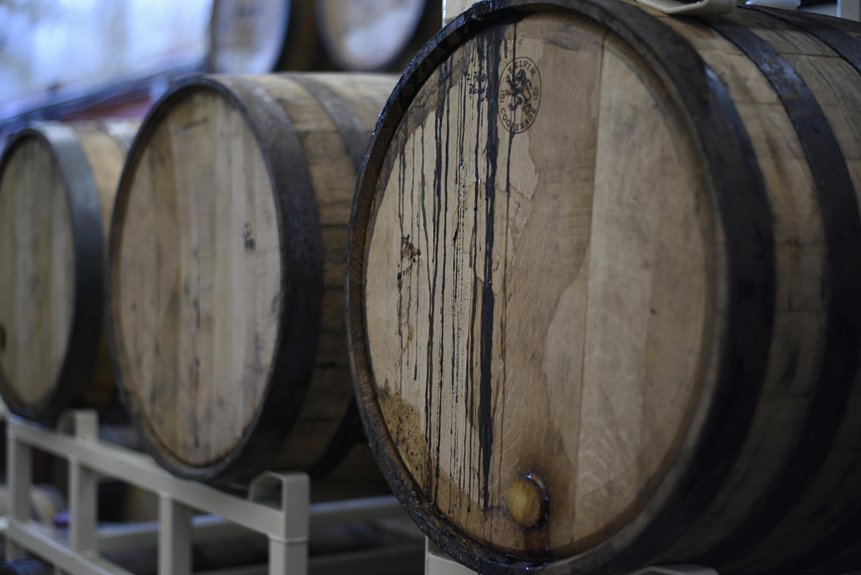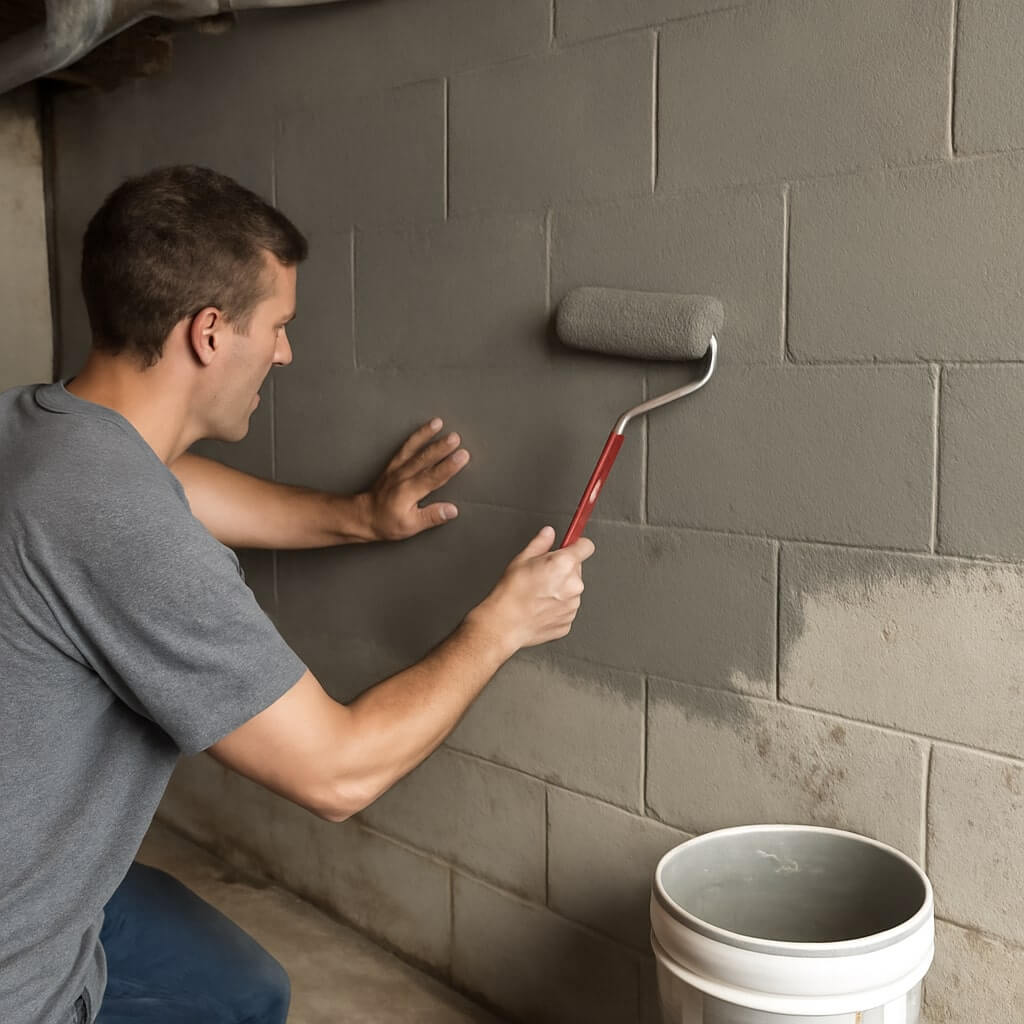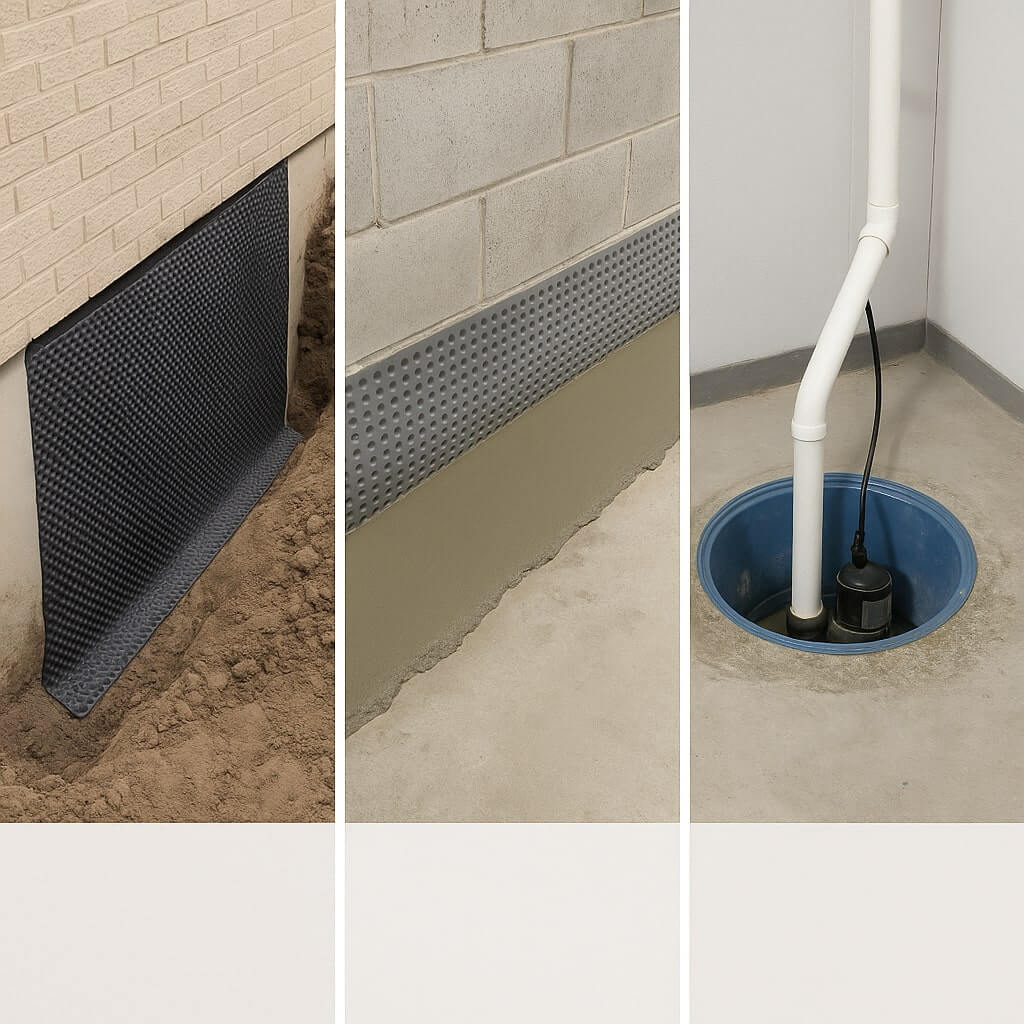If you’re a homeowner in Sparta, NJ, dealing with basement moisture issues, it’s essential to understand the common waterproofing methods available. From interior drainage systems to effective sump pumps, each approach has its own benefits and drawbacks. Knowing the right solutions can help protect your home from water damage. Let’s explore these methods and see which ones will work best for your specific needs.
Key Takeaways
- Interior drainage systems collect water from basement walls and redirect it to a sump pump, effectively managing minor water issues.
- Exterior drainage systems, including French drains, are installed around the foundation to direct water away and reduce pressure on foundation walls.
- Sealants and coatings are applied to basement walls to create a waterproof barrier, preventing moisture intrusion.
- Sump pumps are essential for managing heavy rainfall and preventing flooding, requiring professional installation for optimal performance.
- Dehumidifiers help control humidity levels in basements, preventing mold growth and structural damage while enhancing indoor air quality.
Interior Drainage Systems

When water seeps into your basement, an interior drainage system can effectively manage the issue. This system involves installing a network of pipes and drains that collect and redirect water away from your foundation.
By channeling excess moisture into a sump pump or drainage basin, it minimizes water accumulation and promotes moisture control. Interior drainage systems are particularly beneficial in preventing mold growth and structural damage caused by prolonged exposure to dampness.
Regular maintenance guarantees peak performance, allowing you to safeguard your basement against potential flooding and water-related problems. Trust an interior drainage solution for effective moisture management.
Exterior Waterproofing
When it comes to exterior waterproofing, you’ll want to focus on three key methods: installing a drainage system, applying waterproof coatings, and implementing effective landscape grading solutions.
Each of these steps helps direct water away from your foundation, reducing the risk of moisture intrusion.
Drainage System Installation
A well-designed drainage system is essential for effective exterior waterproofing, as it directs water away from your foundation and prevents moisture buildup.
To achieve ideal system efficiency, consider modern drainage technology that includes French drains, perforated pipes, and gravel trenches. These components work together to channel water away effectively, reducing hydrostatic pressure against your walls.
Proper installation involves excavating around your foundation and ensuring the system is graded correctly for maximum flow.
Regular maintenance is also vital to keep the system functioning effectively, allowing you to safeguard your basement from water damage and maintain a dry, healthy environment.
Waterproof Coating Application

To effectively protect your basement from water intrusion, applying a waterproof coating to the exterior of your foundation is crucial.
This process involves selecting appropriate coating materials and employing proven waterproofing techniques.
- Choose high-quality waterproof coatings for durability
- Confirm proper surface preparation for ideal adhesion
- Apply coatings in suitable weather conditions
- Regularly inspect and maintain your exterior coatings
Landscape Grading Solutions
While proper waterproof coating application is essential, effective landscape grading plays a pivotal role in exterior waterproofing.
By implementing appropriate grading techniques, you can guarantee that water flows away from your foundation. Start by evaluating your landscape design to create a sloped terrain, directing runoff efficiently. Use techniques such as swales or berms to enhance drainage and prevent pooling.
Additionally, consider soil type and vegetation, as these factors influence water absorption and flow. Properly executed landscape grading not only protects your basement from moisture but also enhances the overall aesthetics and functionality of your outdoor space.
Sump Pumps
Sump pumps are essential tools for managing basement water intrusion, especially in areas prone to heavy rainfall or flooding. They come in various sump pump types, including submersible and pedestal pumps, each designed for specific needs.
- Prevent water damage and mold growth
- Enhance property value
- Offer peace of mind during storms
- Require professional sump pump installation for peak performance
Choosing the right sump pump and guaranteeing proper installation can greatly reduce the risk of basement flooding.
Selecting an appropriate sump pump and ensuring expert installation significantly lowers the chances of basement flooding.
Regular maintenance also guarantees longevity and reliability, protecting your home from costly water damage.
Dehumidifiers
After guaranteeing effective water management with sump pumps, controlling humidity levels in your basement becomes vital.
A dehumidifier is an important tool for humidity control, helping to prevent mold growth and structural damage. When considering dehumidifier selection, evaluate factors like the unit’s capacity, energy efficiency, and features such as automatic shut-off and humidity sensors.
Aim for a model that suits your basement size and moisture levels. Regular maintenance, including cleaning the filter, guarantees peak performance.
Sealants and Coatings
To effectively combat moisture intrusion, applying sealants and coatings is essential for protecting your basement from water damage.
These products create a barrier that prevents water from penetrating your walls and floors.
- Acrylic sealants: Flexible and easy to apply.
- Epoxy coatings: Durable and resistant to chemicals.
- Bituminous sealants: Ideal for exterior applications.
- Polyurethane coatings: Excellent for high-traffic areas.
Understanding sealant types and their specific coating applications helps you choose the right solution for your basement.
Proper preparation and application techniques are vital to guarantee peak performance and longevity of the waterproofing system.
French Drains

French drains are an effective solution for managing groundwater and preventing basement flooding.
In this section, you’ll learn about the installation process, the benefits they offer, and essential maintenance tips to keep your system functioning efficiently.
Understanding these key points will help you make informed decisions about your basement waterproofing needs.
Installation Process Overview
When you decide to install a French drain, understanding the step-by-step process is crucial for ensuring effective water management in your basement.
Here’s a brief overview of the installation techniques involved:
- Assess the basement’s drainage issues
- Choose appropriate waterproofing materials
- Dig a trench along the perimeter
- Install perforated pipe and gravel
Benefits of French Drains
While many homeowners face persistent water issues in their basements, installing a French drain offers a range of benefits that can greatly improve your space.
This system effectively redirects groundwater away from your foundation, reducing the risk of water damage and mold growth.
Additionally, French drain installation is relatively straightforward and can be customized to fit your property’s specific needs.
Once installed, the system requires minimal french drain maintenance, ensuring long-term effectiveness.
You’ll enjoy a dry, healthy basement environment, enhancing both your home’s value and your comfort.
Invest in a French drain to protect your investment and peace of mind.
Maintenance and Care Tips
Proper maintenance of your French drain is key to guaranteeing its long-term functionality.
Implementing preventive measures and conducting routine inspections will help you identify issues early and maintain peak performance.
- Clear debris and sediment regularly
- Check for clogs in the drainpipe
- Inspect the drainage outlet for blockages
- Guarantee proper grading around the drain
Grading and Landscaping Solutions
Effective grading and landscaping solutions are essential for preventing water from pooling around your basement. You should guarantee proper landscape elevation, directing water away from your home’s foundation.
Start by grading the soil to create a slope, ideally at least 6 inches over 10 feet, to encourage drainage. Additionally, implement soil compaction techniques to stabilize the ground, reducing erosion and improving drainage efficiency.
Use retaining walls or berms if necessary to redirect excess water. Regularly assess your landscape for any changes that could affect drainage, and maintain vegetation to prevent soil displacement.
Properly executed, these strategies can safeguard your basement from moisture issues.
Conclusion
In summary, effective basement waterproofing in Sparta, NJ, requires a combination of methods tailored to your specific needs. Utilizing interior drainage systems, sump pumps, and French drains can greatly reduce water intrusion. Don’t overlook the importance of sealants, dehumidifiers, and proper grading to protect your home. Regular maintenance guarantees these solutions remain effective over time. By implementing these strategies, you can safeguard your basement against moisture and create a healthier living environment.




